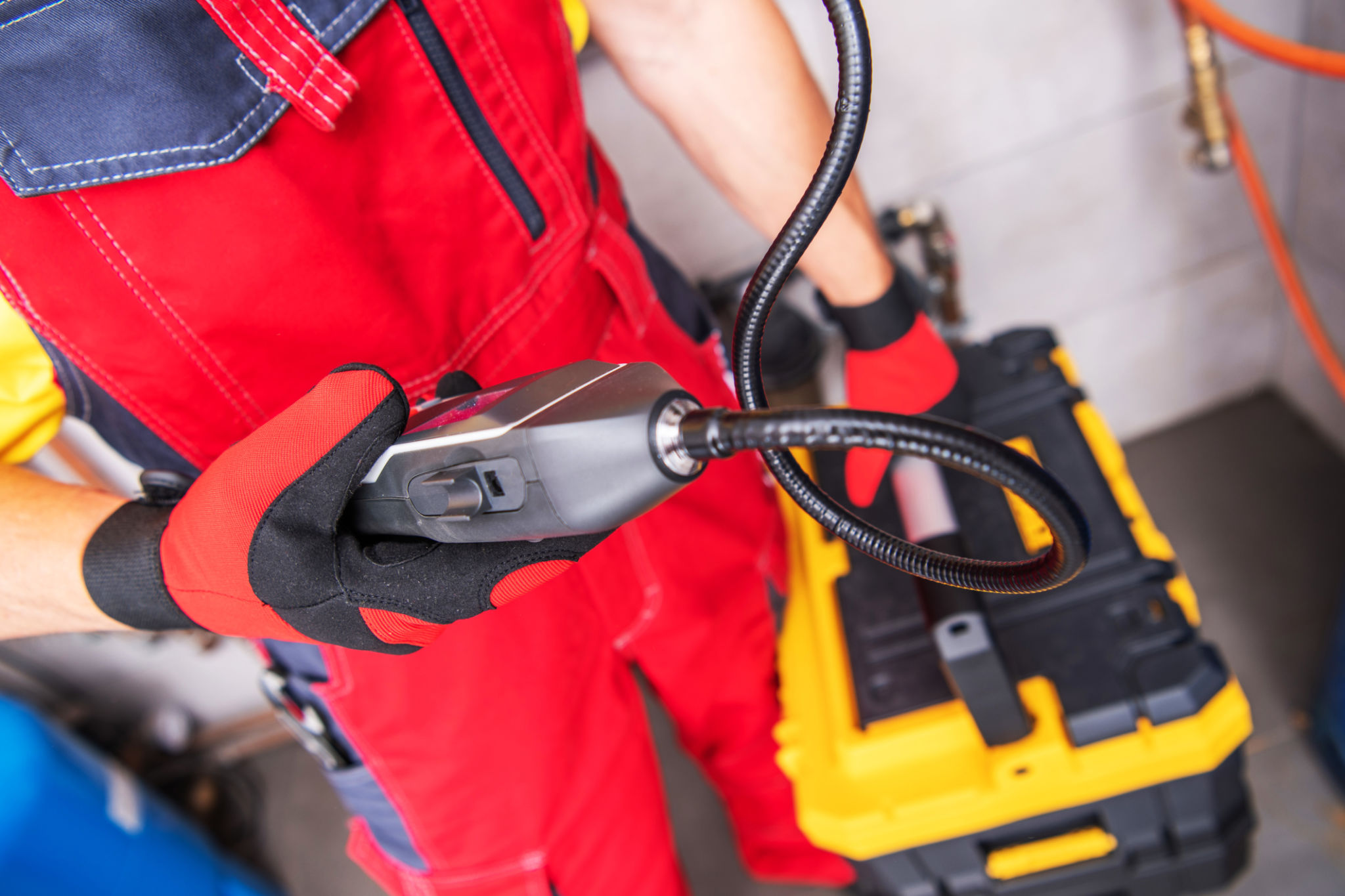DIY Backflow Testing: What You Can Do Before Calling the Professionals
Understanding Backflow and Its Importance
Backflow is a situation where water flows in the reverse direction, potentially causing contaminants to enter your clean water supply. This can pose serious health risks as well as damage your plumbing system. Regular backflow testing is essential to ensure your water supply remains safe and uncontaminated.
While professional testing is highly recommended, there are a few preliminary checks you can perform on your own to assess the situation before calling in the experts. These DIY steps can help you identify any obvious issues and may even save you some money.

Identifying Backflow Symptoms
Unusual Water Pressure
One of the first signs of a backflow problem is a noticeable change in water pressure. If you experience either a sudden drop or surge in water pressure, it could indicate an issue with your backflow prevention system. Monitoring these changes can help you determine if further investigation is needed.
Discolored or Foul-Smelling Water
Discolored water or a foul odor emanating from your taps could be another red flag. This might suggest that contaminants have entered your water supply, often as a result of backflow. If you notice these symptoms, it's crucial to act quickly.

DIY Backflow Testing Steps
Inspect Your Backflow Prevention Device
Begin by locating your backflow prevention device, typically found near your water meter. Check for visible damage, such as cracks or leaks, which could compromise the device's functionality. Ensure all connections are secure and in good condition.
Check for Valve Functionality
Ensure that all valves connected to the backflow preventer are functioning correctly. Open and close each valve to see if they operate smoothly. A stuck valve can cause backflow or other issues within your plumbing system.

When to Call in the Professionals
If your preliminary checks reveal potential problems or if you're uncertain about the condition of your backflow preventer, it's time to contact a professional. Licensed plumbers have the tools and expertise needed to perform comprehensive testing and repairs.
Professional backflow testing involves specialized equipment and detailed inspections, ensuring that any problems are accurately diagnosed and resolved. Regular testing by certified technicians can prevent future issues and protect your water supply effectively.
Maintaining Your Backflow Prevention System
To avoid backflow issues in the future, regular maintenance of your backflow prevention system is key. Schedule annual professional inspections and keep an eye out for any signs of trouble throughout the year. Consistent maintenance helps to ensure the longevity and efficiency of your plumbing system.

In conclusion, while DIY inspections can help you catch potential issues early on, professional backflow testing remains essential for safeguarding your water supply. By taking proactive steps and understanding the importance of regular checks, you can maintain a safe and reliable plumbing system at home.
